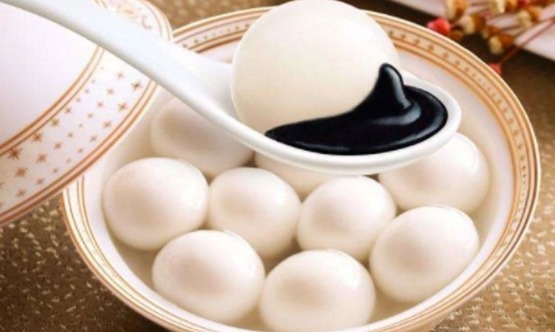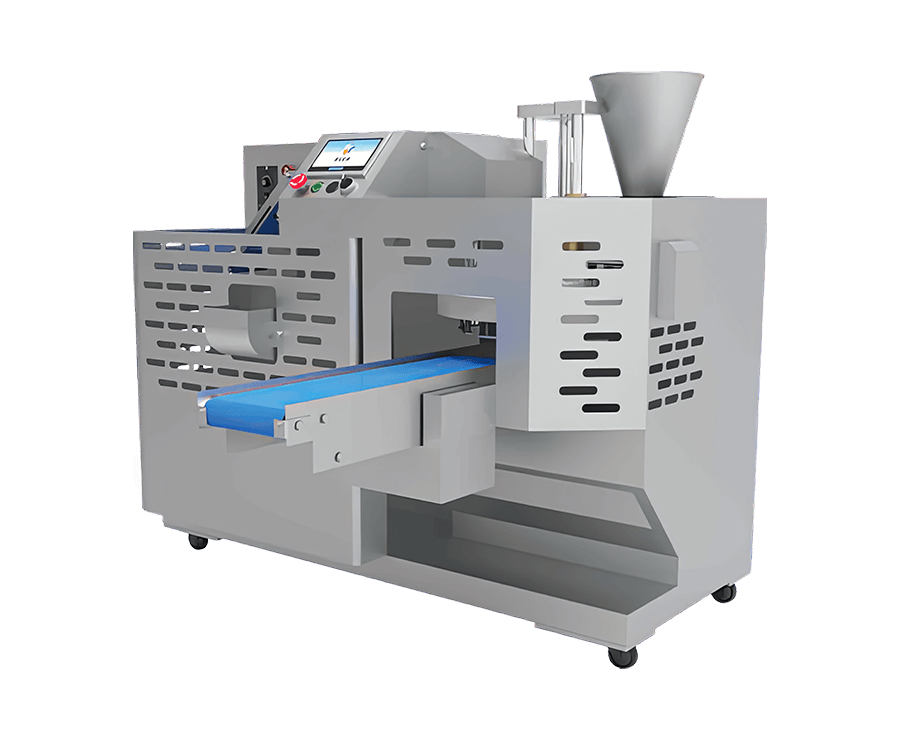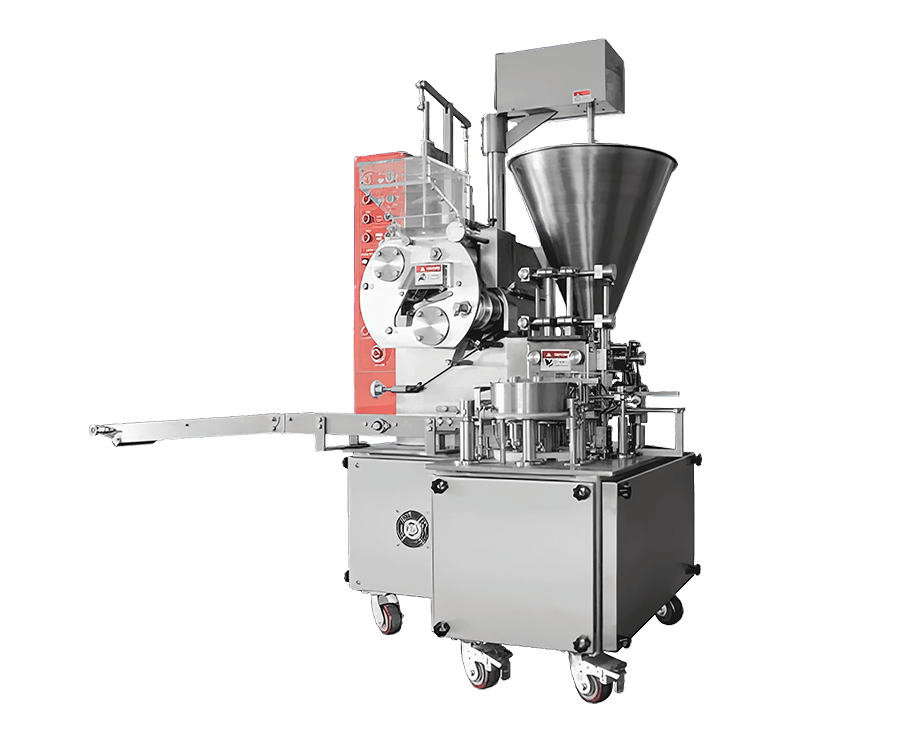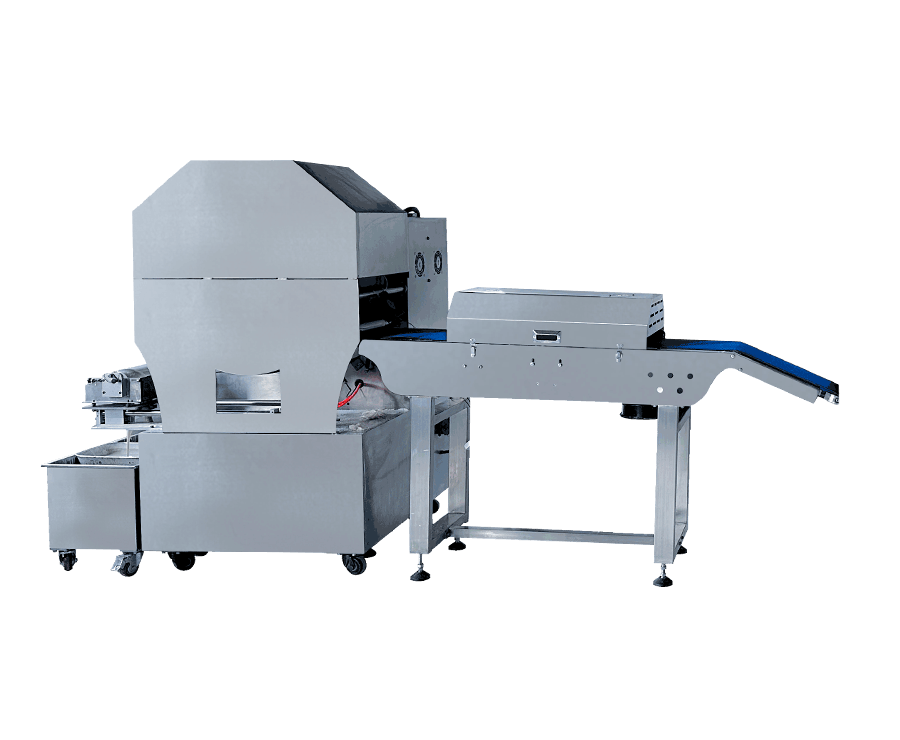Dumplings vs. Soup Dumplings: Unraveling the Key Differences and Culinary Delights
Introduction
Dumplings have been a staple in many cuisines around the world, often symbolizing comfort and tradition. From the pan-fried potstickers of China to the hearty pierogi of Poland, dumplings come in various forms. However, when it comes to differentiating standard dumplings from soup dumplings, the distinction is more than just a matter of filling or cooking style. Soup dumplings, also known as xiao long bao, introduce a unique element: broth that’s encased within a delicate dough. But how exactly do these two beloved dishes compare? Let's dive deep into the history, structure, and distinct qualities of dumplings and soup dumplings.
1. Defining Dumplings
Dumplings are a broad category of food that typically consist of a filling wrapped in dough. Depending on the cuisine, dumplings can be steamed, boiled, fried, or even baked. The fillings range from meat and vegetables to more exotic ingredients like seafood or mushrooms, making dumplings an incredibly versatile dish across different cultures.
In Chinese cuisine alone, there are several types of dumplings. Jiaozi (boiled or pan-fried dumplings), baozi (steamed buns with filling), and wontons (delicate dumplings often served in broth) are just a few examples. While their wrappers and fillings may vary, they share a common characteristic: a dense dough casing around their contents, without a notable liquid component inside.
Key Characteristics of Dumplings:
Structure: A dough wrapper encasing a filling.
Cooking Methods: Steamed, boiled, fried, or baked.
Fillings: Meat, vegetables, seafood, or combinations thereof.
Texture: Typically chewy and dense, the dough holds the filling tightly.
Juiciness: Minimal liquid inside, unless served with broth.

2. The Evolution of Soup Dumplings
Soup dumplings, or xiao long bao, are a subtype of dumpling that hails from the Jiangnan region of China, particularly from the city of Shanghai. The defining feature of soup dumplings is the liquid broth sealed within the dumpling itself. When steamed, this broth remains encased in a gelatinous form inside the dumpling, only releasing as you take a bite or carefully break the skin.
The secret to creating soup dumplings lies in the preparation of the filling. Typically, a mixture of ground meat (often pork), along with seasonings, is combined with a rich, flavorful broth. This broth is gelatinized and then added to the filling. When steamed, the gelatin melts, turning back into liquid, thus creating a mini bowl of soup inside the dumpling.
Key Characteristics of Soup Dumplings:
Structure: A thin dough wrapper encasing both a filling and gelatinized broth.
Cooking Methods: Steamed in bamboo baskets, usually with a parchment liner to prevent sticking.
Fillings: Ground pork (most common), sometimes combined with crab, shrimp, or other ingredients.
Texture: Delicate, thin skin that is more fragile than regular dumplings. The dough should have a soft yet firm texture that holds the broth inside.
Juiciness: Liquid-filled; the broth is a critical component of the dish.
3. The Difference in Dough and Wrapper
One of the most significant differences between regular dumplings and soup dumplings lies in the dough itself. Soup dumplings require a much thinner, more delicate wrapper than regular dumplings. This thin dough is what enables the dumplings to encase the hot broth without bursting or leaking.
In comparison, regular dumplings can have a thicker, more substantial dough. This is especially true for dumplings that are fried or pan-fried, where the dough needs to hold up to the cooking process. The dough for dumplings like jiaozi or potstickers is typically more robust, allowing for easier handling and a chewier texture.
4. Cooking Technique: Steamed vs. Boiled or Fried
The cooking process for soup dumplings is another area where they stand apart. These dumplings are almost always steamed, typically in a bamboo basket. The steam is critical in helping the gelatinized broth inside melt and form a flavorful liquid filling.
Regular dumplings, however, can be cooked in a variety of ways. Boiling is the most common method for dumplings like jiaozi, but dumplings such as potstickers are pan-fried, which gives them a crispy bottom while retaining a soft and chewy top.
The steaming process for soup dumplings also requires careful timing, as overcooking can result in the broth leaking out or the dough becoming too soggy. On the other hand, regular dumplings, while also requiring precise cooking times, don't rely on the same level of delicacy due to the lack of liquid inside the wrapper.
5. The Filling: A Taste of Broth vs. Solid Filling
In soup dumplings, the filling is primarily a combination of ground meat and seasonings, but the most defining feature is the broth that is injected into the dumpling mixture. The broth, usually a rich, savory concoction of meat stock, gelatin, and sometimes spices, is cooled and then incorporated into the filling mixture.
When steamed, the gelatinized broth liquefies, resulting in the unique experience of sipping hot, flavorful broth directly from the dumpling. This is a stark contrast to regular dumplings, where the filling tends to be solid—usually consisting of ground meat, vegetables, and sometimes noodles or other ingredients.

 English
English Español
Español Français
Français русский
русский عربى
عربى






Contact Us